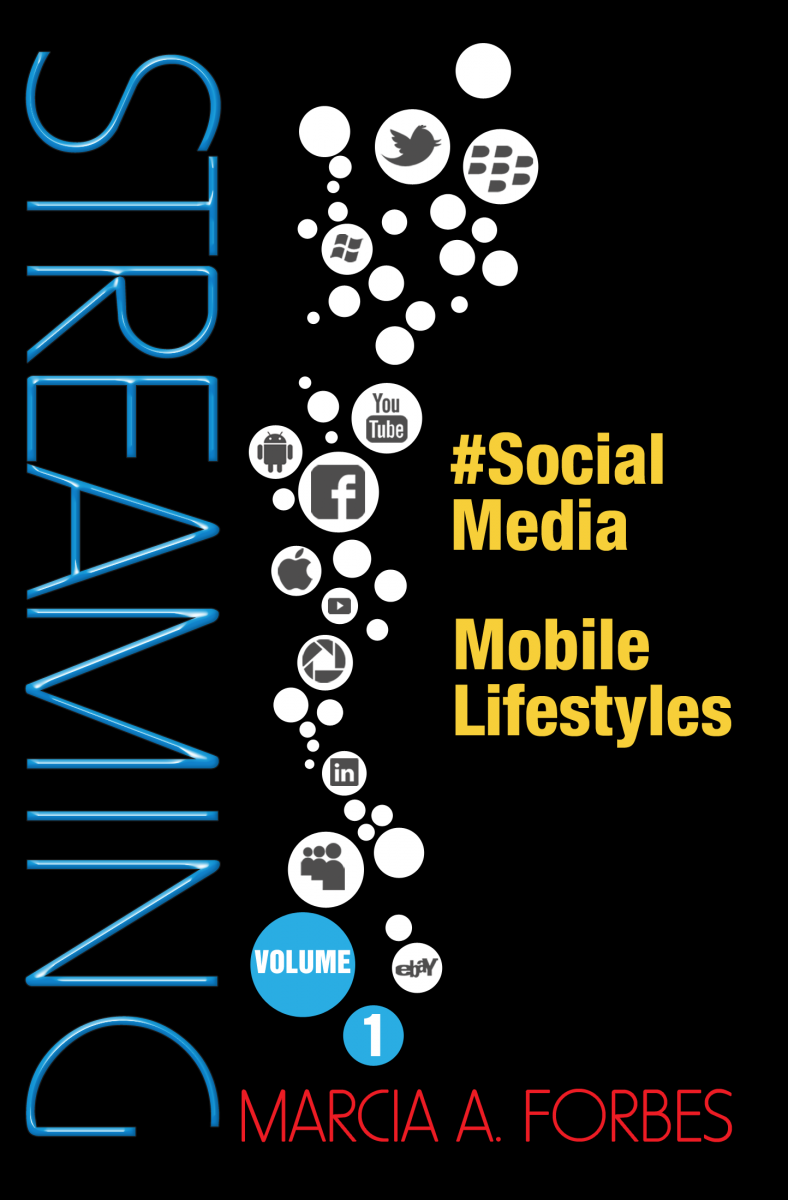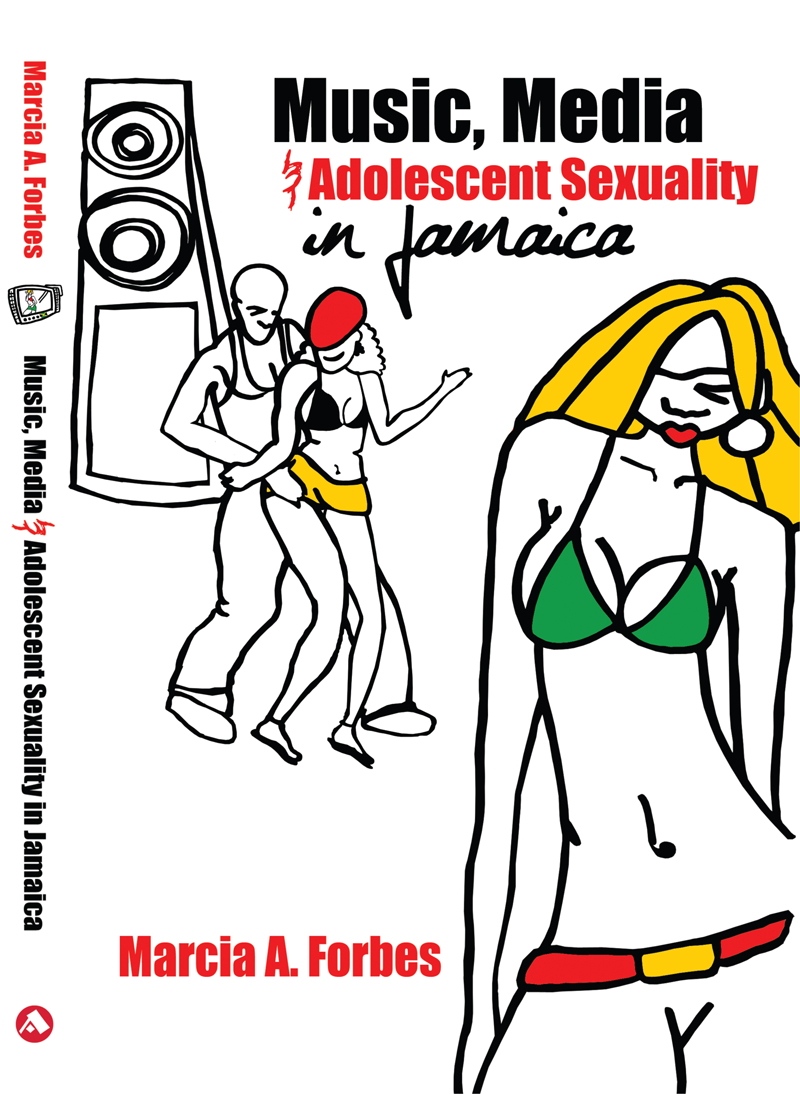Memories of Egypt—Riding a Camel and Much More!
I told him I had to ride a camel. I didn’t bargain for a horse as well—and for one full hour in the sands of the Sahara! An Egyptian man is hard pressed to take ‘No’ for an answer.
When I arrived at a the rustic village over which the magnificent Pyramids of Giza and their guardian Sphinx towered and stood eternal watch, my tour guide, Mohammed (a war veteran with I.D. to prove it) introduced me to his friend the owner of camels and horses. I innocently believed this was my obligatory photo-op. I’d mount and sit on the camel, smile for the camera and then be off in an air-conditioned vehicle to deliver me in comfort to the foot of each pyramid—1st Cheops, the highest at 137 m, followed by Chepren and then Mycherinus, a mere 66m. I was wrong.
Mohammed announced that the only way to see the pyramids was on the back of a 4 footed animal. Take my pick horse or camel. Despite my protestations of ‘bad back’ and suffering the revenge of the Pharaohs (I had vomiting and diarrhoea the night before), he stood undaunted. I finally agreed to a mild-mannered female horse with a beautiful white stripe down h er face. Thoughts of going the distance of what looked like several miles on a camel with its centre of gravity always appearing slightly off, were too adventurous for someone depending on prayers and Imodium to take her through.
er face. Thoughts of going the distance of what looked like several miles on a camel with its centre of gravity always appearing slightly off, were too adventurous for someone depending on prayers and Imodium to take her through.
I hadn’t ridden a horse since girlhood days and the memories weren’t particularly pleasant. I mounted rather graciously, although I suspect I was the only one impressed, and with a boy leading my horse and a guide beside me on another horse, we set off to one of the 7 wonders of the ancient world, the magnificent Pyramids of Giza. It was a fascinating experience but I don’t promise that I’d allow myself to be convinced to repeat it anytime soon. Next time I will insist on the air-conditioned comfort.
At the foot of Cheprin (Kephre) Pyramid I switched from horse to camel and got my photo-op and ride. The camel has a broad back and it takes getting used to spreading the legs while hoisted in the air. I was glad I choose the horse to go the distance since an hour on the camel would have been just too much. On the way back across the desert my tour guide announced how much he loved the smell of American dollars and British pounds but abhorred the smell of Egyptian pounds.
One US dollar is equivalent to 5.70 Egyptian pounds while one British pound is approximately 10.70 Egyptian pounds. So when my guide further declared that he’d be happy with anywhere from US$300 to U$1 million as his reward for taking me to the Pyramids, I quickly disabused him of any notion of such a rich reward. Hiking prices to astronomical rates then haggling them down is a way of life in Egypt. Eventually, after paying the man who owned the horse, the man who owned the camel, the boy who led my horse a part of the way, my very ambitious guide, the watchmen who I believe allowed me into one of the ‘out of bounds’ tombs and the soda supplier, the entire trip ended up costing me US$100. Converted to Jamaican money, this to me was a fair price. I suspect it was  very fair by Egyptian standard as well.
very fair by Egyptian standard as well.
As so many of the men commented, I could pass for an Egyptian. I was amused at their wiley ways and smiled when addressed as Cleopatra or Nefertiti. But when one vendor addressed me as Sophia Loren, it was simply too much, I just burst out laughing loudly. I don’t think they understood how hard many of us have to work for money in Jamaica and how far we have to make it stretch when we travel. I was too old and too smart to be taken by the guile of Egyptian men.
Having said that though, when I treated him to a meal Mohammed did pull off a really slick one by ordering enough lunch to take home for his family of four. I didn’t mind. He had driven me safely through Cairo for 2 full days and at no time did I ever feel threatened or fearful. He was a perfect gentleman. Thank you Mohammed, you did your country proud.


